How Wheat Root Tips Break Through Tough Soil
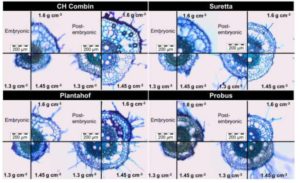 Soils exhibiting high mechanical impedance as a result of soil compaction or drying, limit root elongation and adversely affect soil exploration and resource uptake. When soil mechanical impedance is increased, root elongation rate decreases within hours and may entirely cease, leading to significant yield losses. Root thickening is one of the most common responses of roots when growing through soil with higher mechanical impedance. This adjustment of roots to increased soil strength reduces the risk of root buckling and decreases the mechanical stress acting on the root during penetration. The geometry of the root tip can also influence a root system’s penetration of the soil. Colombi et al. () have explored how root diameter and root tip geometry influence root elongation under different levels of soil strength in 14 wheat (Triticum aestivum) varieties. Under moderate and high soil strength smaller root tip radius to length ratio was correlated with higher genotypic root elongation rate, whereas root diameter was not related to genotypic root elongation. It was found that smaller root tip radius to length ratio reduced penetration stress thus enabling higher root elongation rates in soils with greater strength. Furthermore, it was observed that roots could only partially adjust to increased soil strength. Root thickening was bounded by a maximum diameter and root tips did not become more acute in response to increased soil strength. The results obtained demonstrate that root tip geometry is a pivotal trait governing root penetration stress and root elongation rate in soils of greater strength. The integration of functional root traits, which enable for resource acquisition at minimum energetic costs, into breeding programs is a promising approach to improve agricultural productivity under limited soil fertility.
Soils exhibiting high mechanical impedance as a result of soil compaction or drying, limit root elongation and adversely affect soil exploration and resource uptake. When soil mechanical impedance is increased, root elongation rate decreases within hours and may entirely cease, leading to significant yield losses. Root thickening is one of the most common responses of roots when growing through soil with higher mechanical impedance. This adjustment of roots to increased soil strength reduces the risk of root buckling and decreases the mechanical stress acting on the root during penetration. The geometry of the root tip can also influence a root system’s penetration of the soil. Colombi et al. () have explored how root diameter and root tip geometry influence root elongation under different levels of soil strength in 14 wheat (Triticum aestivum) varieties. Under moderate and high soil strength smaller root tip radius to length ratio was correlated with higher genotypic root elongation rate, whereas root diameter was not related to genotypic root elongation. It was found that smaller root tip radius to length ratio reduced penetration stress thus enabling higher root elongation rates in soils with greater strength. Furthermore, it was observed that roots could only partially adjust to increased soil strength. Root thickening was bounded by a maximum diameter and root tips did not become more acute in response to increased soil strength. The results obtained demonstrate that root tip geometry is a pivotal trait governing root penetration stress and root elongation rate in soils of greater strength. The integration of functional root traits, which enable for resource acquisition at minimum energetic costs, into breeding programs is a promising approach to improve agricultural productivity under limited soil fertility.


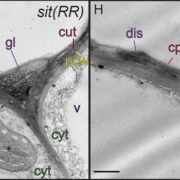
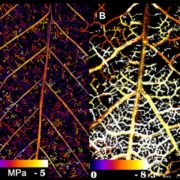
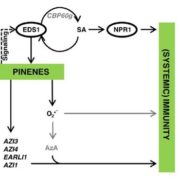
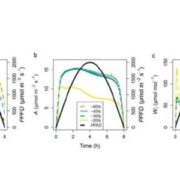




Leave a Reply
Want to join the discussion?Feel free to contribute!